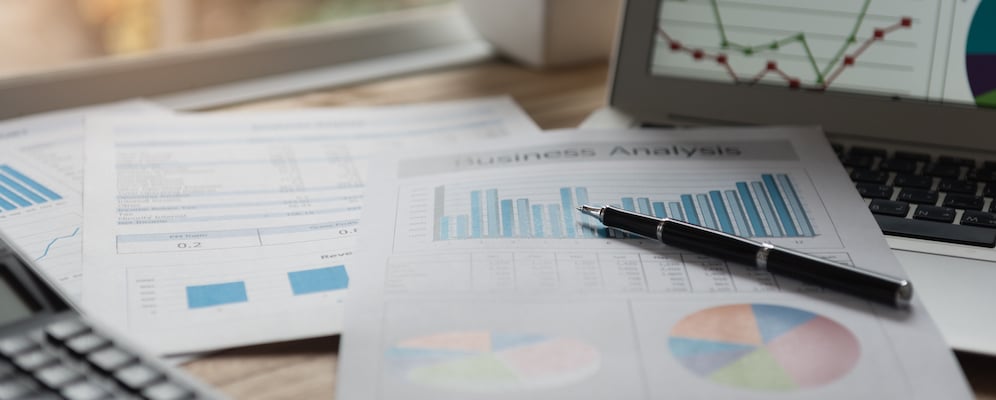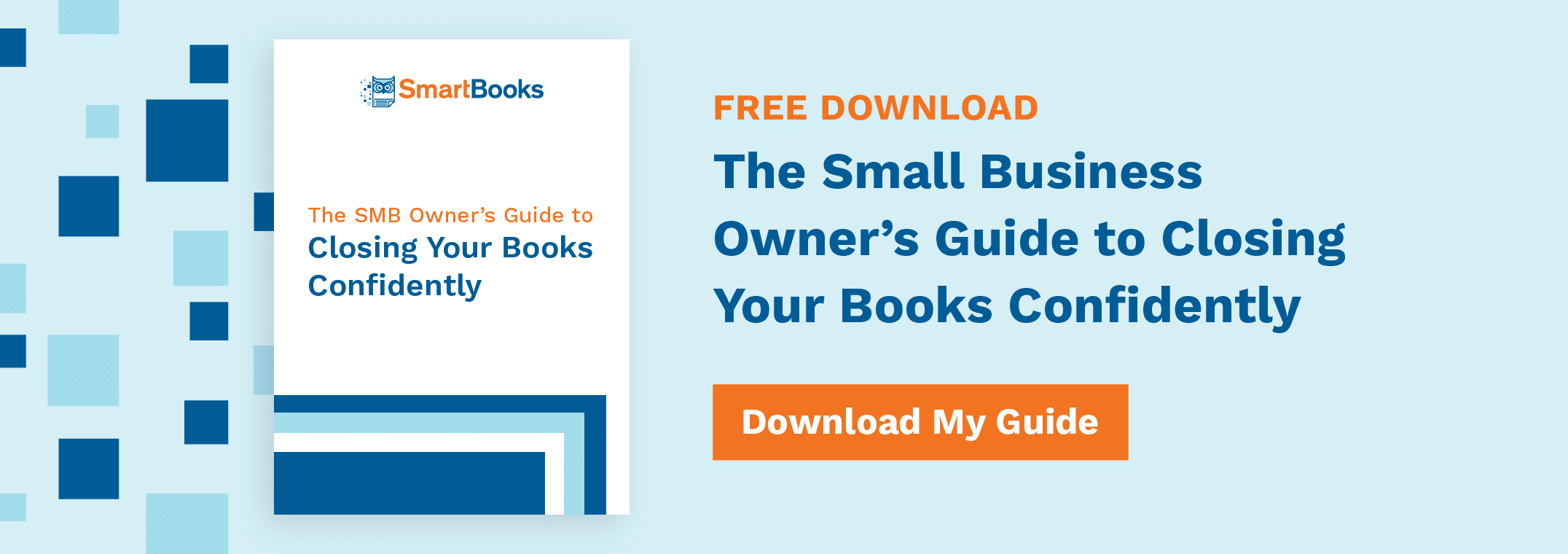Small Business Budget Template For Maximizing Your Profits

The adage that “every penny counts” is true for all types of businesses. But proper budgeting (or lack thereof) can really make or break a small business.
Small businesses typically don’t have as much wiggle room with expenses as larger businesses. Business budget planning is vital if you want to keep your business running efficiently.
That’s where a budget template enters the scene. By creating a small business budget template, you’ll get a better idea of your company’s financial needs and how you can best meet them.
Not sure how to get started? This post will address tips for maximizing your profits by establishing a small business budget template.
What is a Small Business Budget?
A business budget plan involves plotting out how and where you’ll be spending money over a period of time. This period could be monthly, quarterly, or annually.
The business budgeting process involves assigning all of your expenses a projected dollar amount. Then, by reviewing the budget over time, you can streamline it and see where your money is actually going. This allows you to adjust your budgeting to be more accurate.
Benefits of a Small Business Budget
A small business budget can help improve your business in a variety of ways, including:
- Anticipate future expenses: Plotting out a business budget allows you to think about and begin to anticipate what you might need to spend money on in the future.
- Project future earnings: Your business budget can help you get an idea of what sort of earnings and income your company can expect in the future.
- Business budget analysis: By comparing your projections to the actual expenses, you can begin to analyze your company spending and make adjustments as needed.
- Help set goals: A small business budget can help you get a better idea of reasonable company goals…and help you figure out how to attain them!
Figuring Out Your Small Business Budget Template: What You Need
To formulate a small business budget template, here’s what you’ll need:
- Estimated income. How much do you expect your business to make during the period you’ve set? This is the total amount you expect to generate. It does not take into account things like cost of goods or other expenses. This estimate can be based on last year’s numbers, or if you’re just starting out, check out comparable businesses.
- Fixed Costs. Fixed costs are reliable expenditures that you are anticipating. This includes things like your rent, utilities, equipment, insurance, or other relatively static expenses. It also includes salaried or hourly staff with regular hours.
- Variable costs. These are the costs that could shift based on your company’s output. For example, this category might include raw materials, shipping/handling costs, or production costs. It could also include things like commissions or credit card fees that would be variable based on how much income would be coming in.
- One-Time Costs. This refers to expenses that may come up that are anomalies or not things that would be anticipated again in the future. For instance, if you own a ravioli company and have to buy a new ravioli cutting machine but don’t anticipate such an expense again for several decades, it would fall under this category. Other things might include office furniture or a company vehicle.
- Cash Flow. Cash flow refers to the amount of cash that is going in and out of your business. This can be figured out by setting a time period and comparing the amount of cash available at the beginning and ending of that period. A positive cash flow is desirable. It means that more money is flowing in than flying out. By keeping track of this, you can make sure that you’ve got enough money on hand to pay your bills and keep the business running smoothly!
- Profits. Profit is the amount that your business makes that you get to keep. It’s the income after costs and expenses are taken out of your total revenue. Figuring out profits can be done by looking at how much you plan to make, then comparing it to your fixed and variable expenses, and the cost of goods or production costs. Figuring this out can be very helpful because it can help you see where you could make changes to improve your profit margins.
- A Template. Once you’ve calculated all of the above numbers, you can create your own template for business budgeting and forecasting.
If making a spreadsheet, you can create a row for each entry. In one column, put the projections you’ve figured out for the time period you’ve set (monthly is a good starting point). At the end of the period, compare the actual expenses and income to your projections.
Get Budgeting!
Small business budgeting can help you get clarity on your company goals and help you plan for the future.
Interested in more advice on improving the financials in your business?
